Here’s how BIPOC are Often Overlooked in Eating Disorder Treatment—and How That Can Change
In broad strokes, when most of us think of eating disorders, we picture a skinny white girl who is starving herself (anorexic), or a white girl holding her hair away from her face as she sticks her finger down her throat and throws up in the toilet (bulimia).

Turns out, this is far from the truth. People of all colors, shapes, gender identities, and sizes suffer from eating disorders, but black, indigenous, and people of color are often passed over for treatment.
“Many people are still under the false impression that it is a white, affluent illness. This misses the mark for so many of my clients, including Black cisgender women, Black transgender women, and cisgender men,” said Heidi J. Dalzell, PsyD Licensed Psychologist, Eating Disorder Coach, and Author.
She continues, “I definitely treat more Black women and men with binge eating disorder, followed by bulimia, followed by anorexia. The latter is not to say that anorexia is non-existent in Black men and women; I have treated women, especially with anorexia. I’ve often seen anorexia as a response to trauma(s), and as an acculturation issue.”
How an eating disorder affected Achea Redd
Achea Redd, who is Black, and wife of NBA legend and Olympian Michael Redd, suffered from eating disorders throughout her teens and was diagnosed with depression and Generalized Anxiety Disorder in 2016. Ashamed of her condition, Redd hid it, which exacerbated her issues to the point of a full-blown breakdown.
Redd developed her eating disorder pretty early.
“I was about 12 when I started restricting and became very self-conscious about my body. However, I wasn’t officially diagnosed until I was 32 or 33. Initially, the first diagnosis was bulimia, but later I found out that it was atypical anorexia,” Redd said. “I didn’t try to get help for real until I was 39. So yes, I did wait six years to get help because I was in denial. I didn’t want to believe that I had an eating disorder.”
Dalzell’s observations support this.
“Black women seem to reach out for help less frequently than white women. I think that this could be due to a number of factors. Black women may not ‘see’ themselves as having an eating disorder, despite all evidence to the contrary. Schools and healthcare professionals are often blinded by these stereotypes, and may suggest medical help (e.g., “lose weight”) rather than psychological help.”
Recovery obstacles specific to women of color
Many people with eating disorders are in denial, but for women of color, there is another obstacle they often face.
Redd felt that she didn’t get diagnosed earlier because of her skin color.
“Although it wasn’t voiced outwardly, because I live in a more curvy body, I think that’s why I went undiagnosed. They based my BMI (Body Mass Index) on a BMI chart that was actually based on racism. There is evidence out there to support that theory.”
Dalzell backs that up with what she’s found in years of practice.
“Among Black women, eating disorders are often trauma-based and result from experiences of marginalization, discrimination, and racism. These underlying traumas need to be treated for eating disorders to resolve,” she said. “Additionally, Black women are so often not screened for eating disorders. Medical doctors may say ‘lose weight’ or ‘seek gastric bypass,’ rather than assessing for concerns such as bulimia or binge eating disorder.”
Dalzell goes on to say, “This is also true to the Black teens I see. I’ve received calls from guidance counseling asking if it is even possible that a Black teen could have anorexia, although they are exhibiting obvious signs. It is, of course.”
Access to specialty care for eating disorder treatment is another example of privilege. Many eating disorder specialists are self-pay only, and the most limited access is for WOC who are uninsured or underinsured, Dalzell said.
“Besides these economic barriers, WOC may have limited supports that are culturally competent. While some therapists are females of color, many eating disorder treatment specialists like myself are white. This may not feel as comfortable, and it would be beneficial if WOC had more therapists who shared such ethnicity factors,” Dalzell explained.
How BIPOC can find eating disorder treatment
With the help of her therapist, doctors, and loved ones, Redd is in recovery and thriving.
“[Eating disorder treatment] was a series of really small steps like talking it through with my therapist, reading on intuitive eating, getting an intuitive eating focused nutritionist, and telling my husband,” Redd said. “In fact, the last time I restricted, I became so weak I was scared to drive. So I knew something had to change.”
Thankfully, Redd is thriving now and seeks to help end the stigma associated with seeking mental health care, especially as a woman of color. She also has a daughter, with whom Redd is actively working every day to prevent suffering from eating disorders as she did.
Though Redd has recovered, there are still many women and teens of color who are facing obstacles in getting proper treatment. So how can mental health professionals and allies help fix this?
How mental health professionals and allies can help improve BIPOC access to ED treatment and recovery
Education and prevention efforts aimed at WOC is a priority. As an ally, raising awareness is critical, Dalzell said.
“In the past, I have also reached out to racially diverse school schools, educating counselors, nurses, and coaches about signs of eating disorders in Black teens. I also think that it’s critical to raise awareness among Black women as a whole that they are not alone.”
The advice that Redd would give to other teens or women of color if they think they have an eating disorder is, “I would encourage them to get help immediately. There’s no other way to say it. ED’s are harmful to your body and your mind. I don’t want anyone to suffer like that or for as long as I did.”
1 thought on “Here’s how BIPOC are Often Overlooked in Eating Disorder Treatment—and How That Can Change”
Comments are closed.

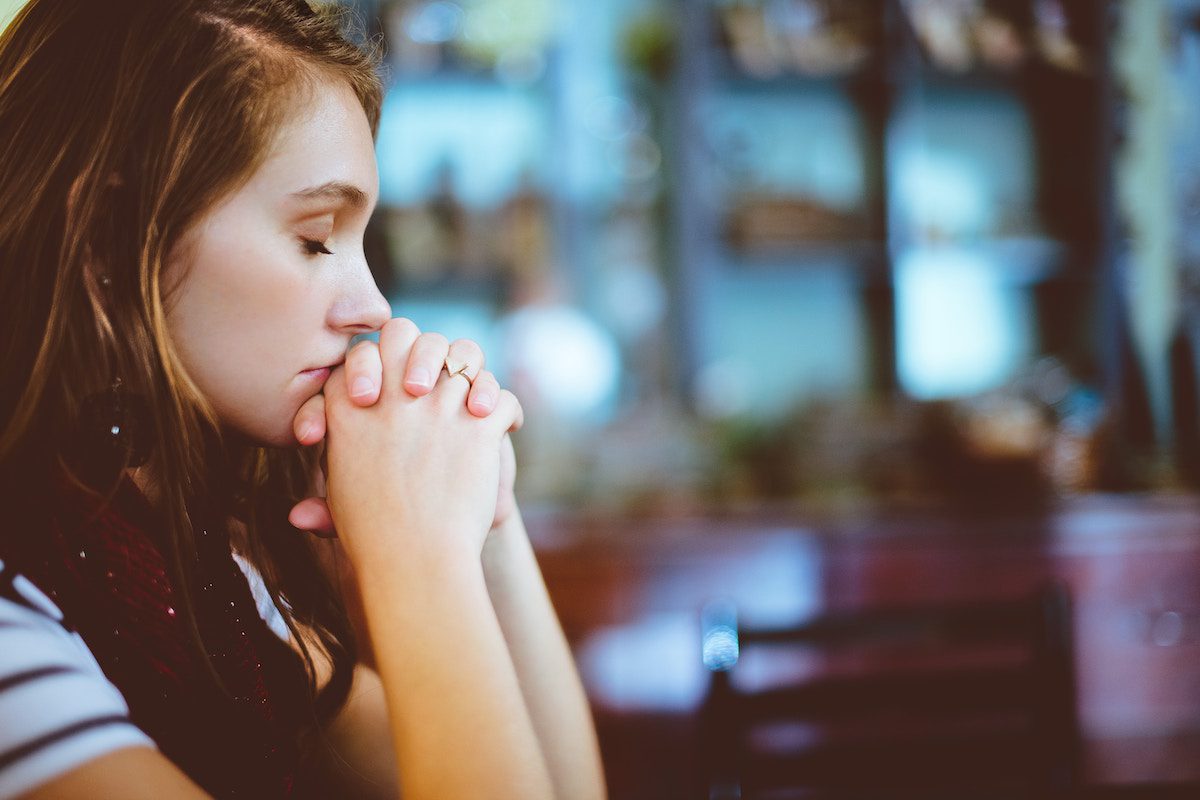

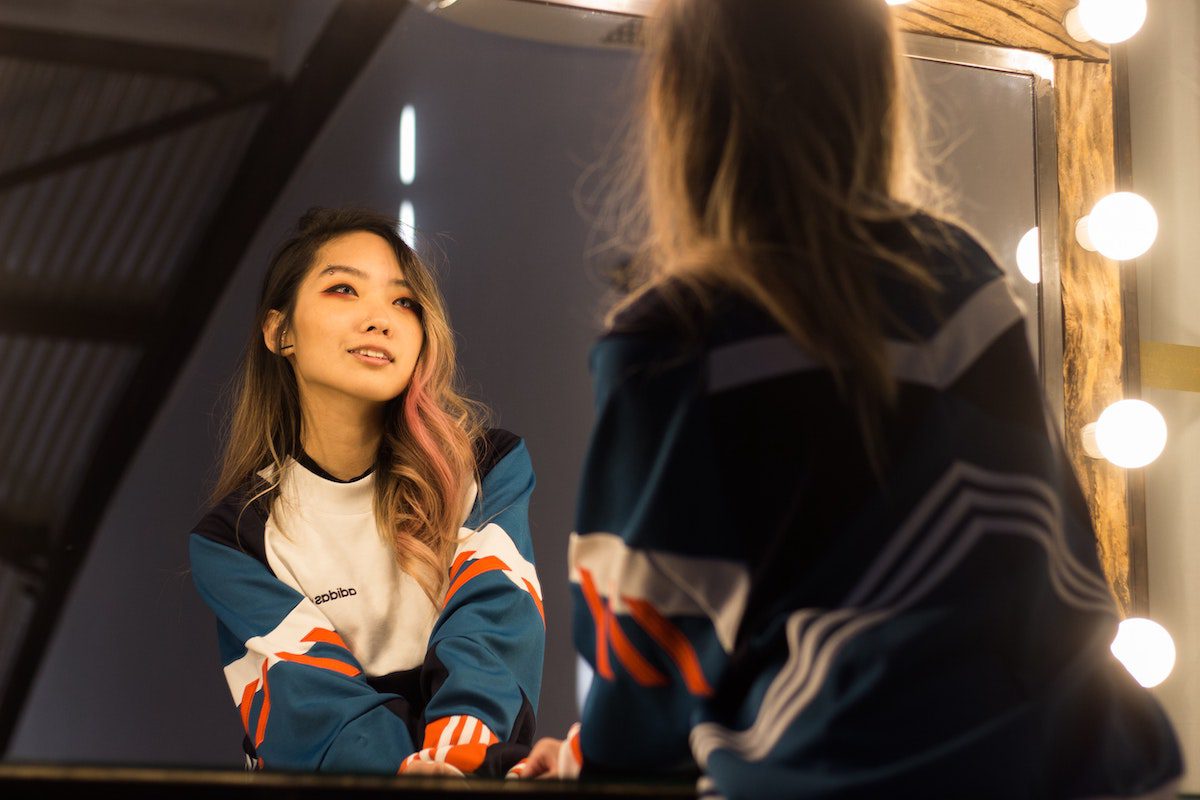
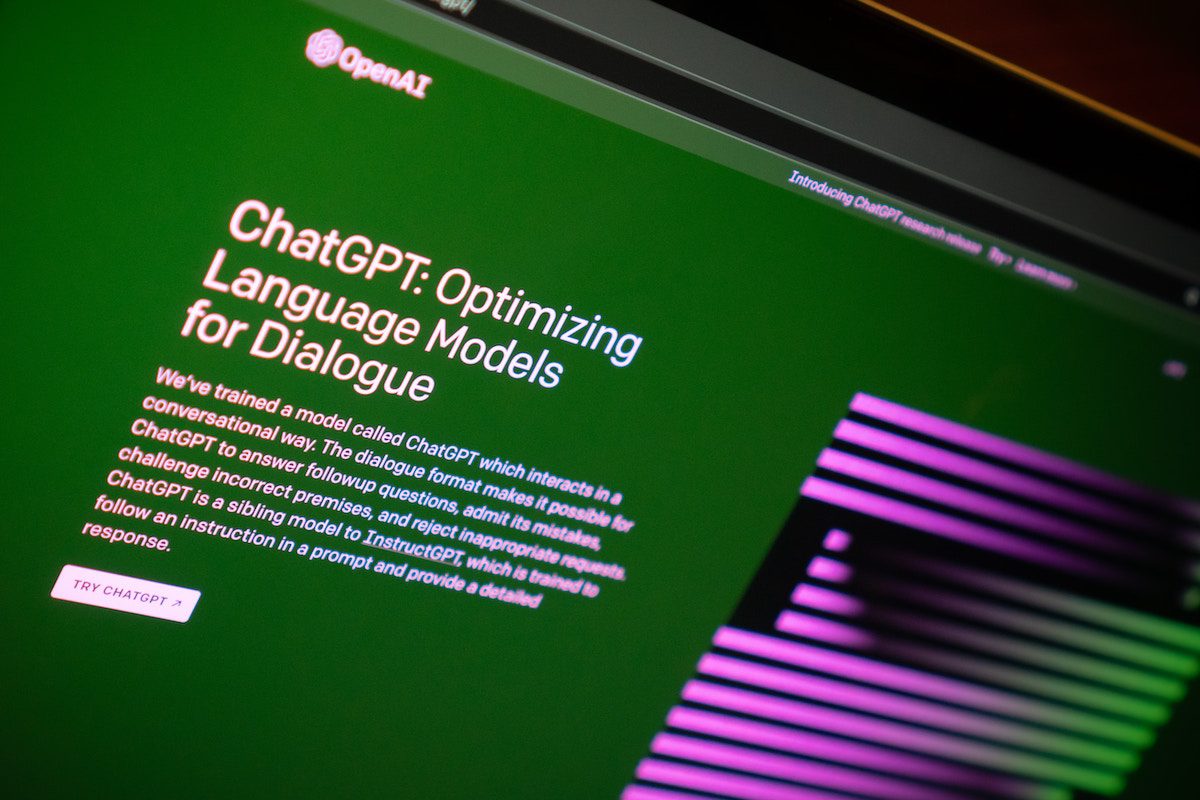




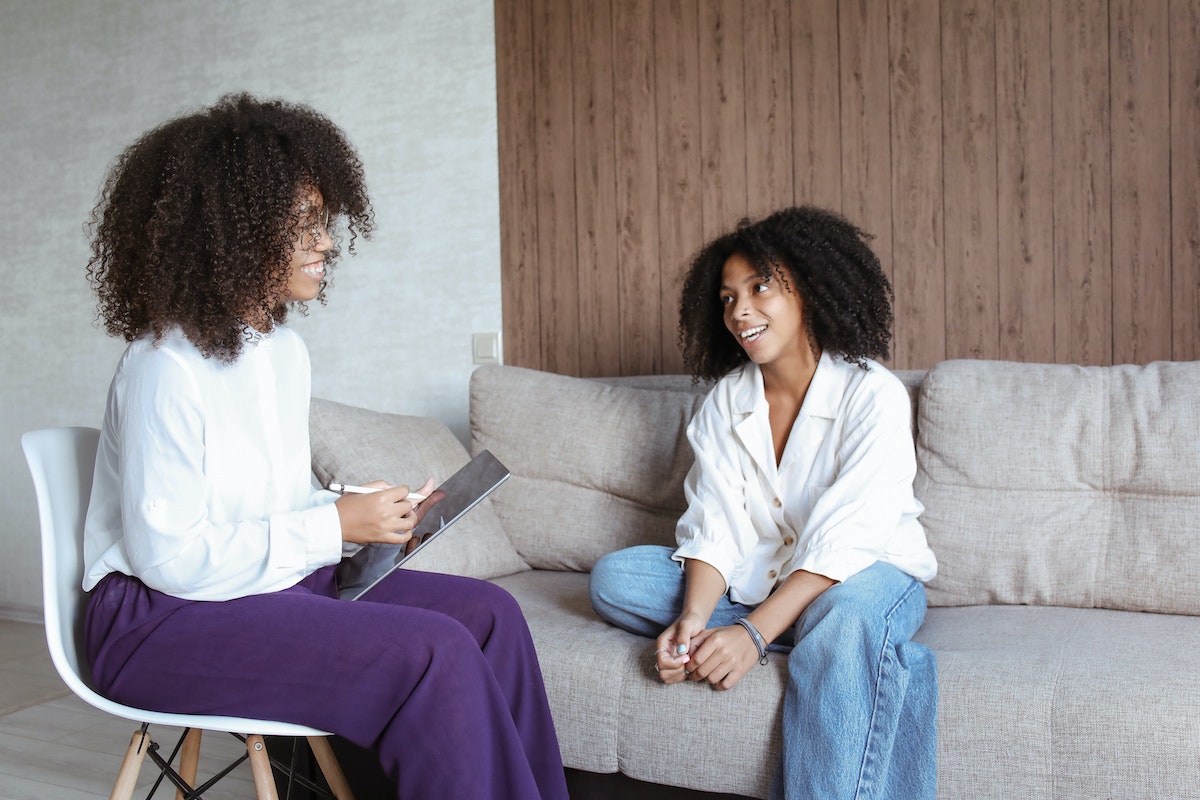


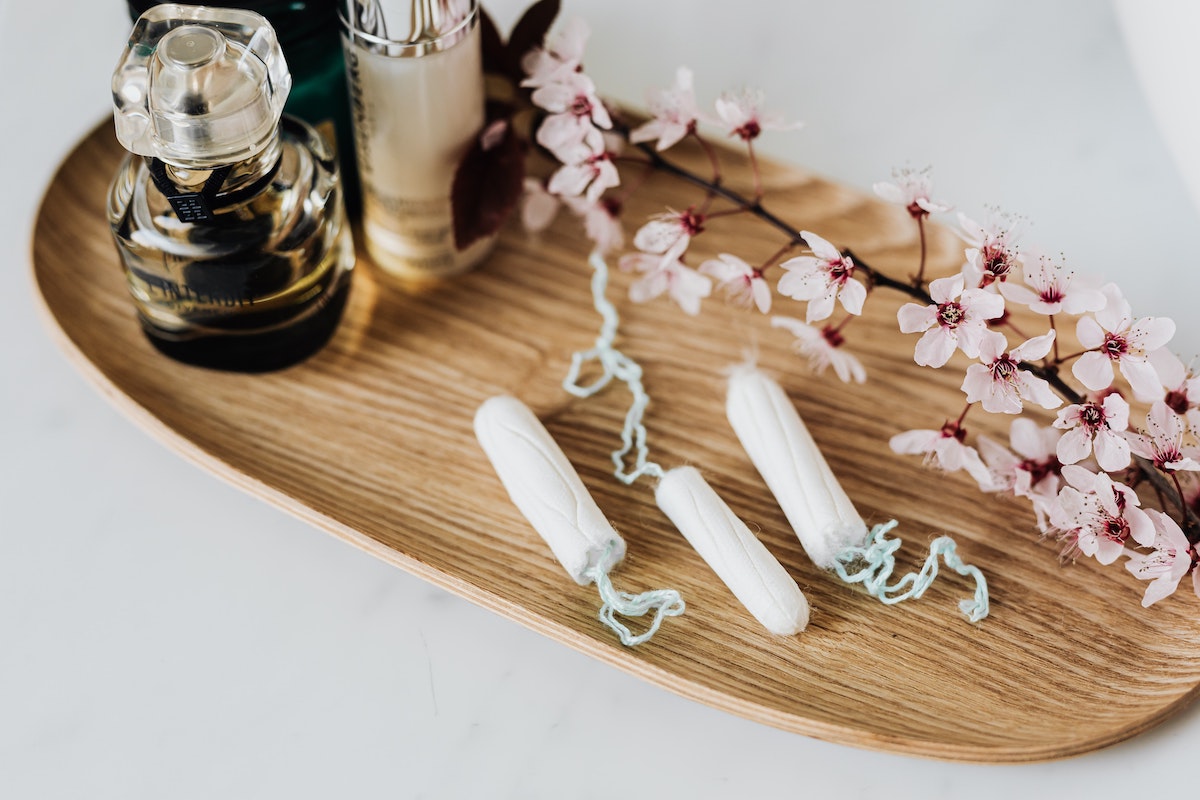
Super insightful, and great reporting, Ronni!